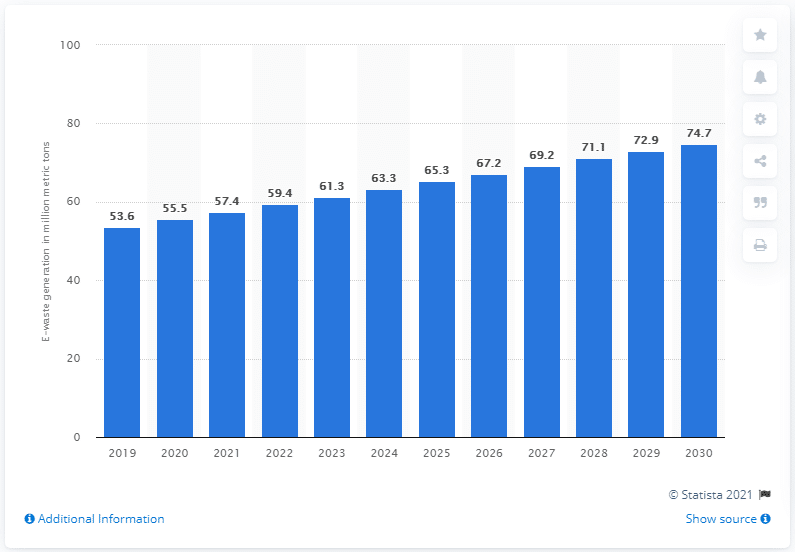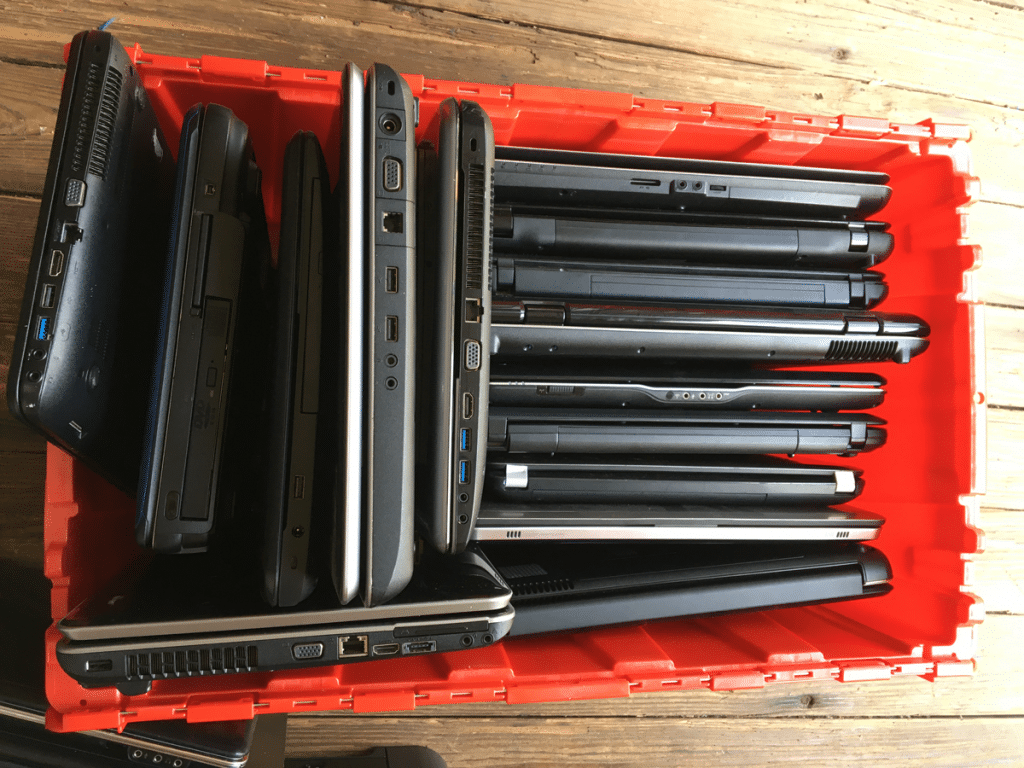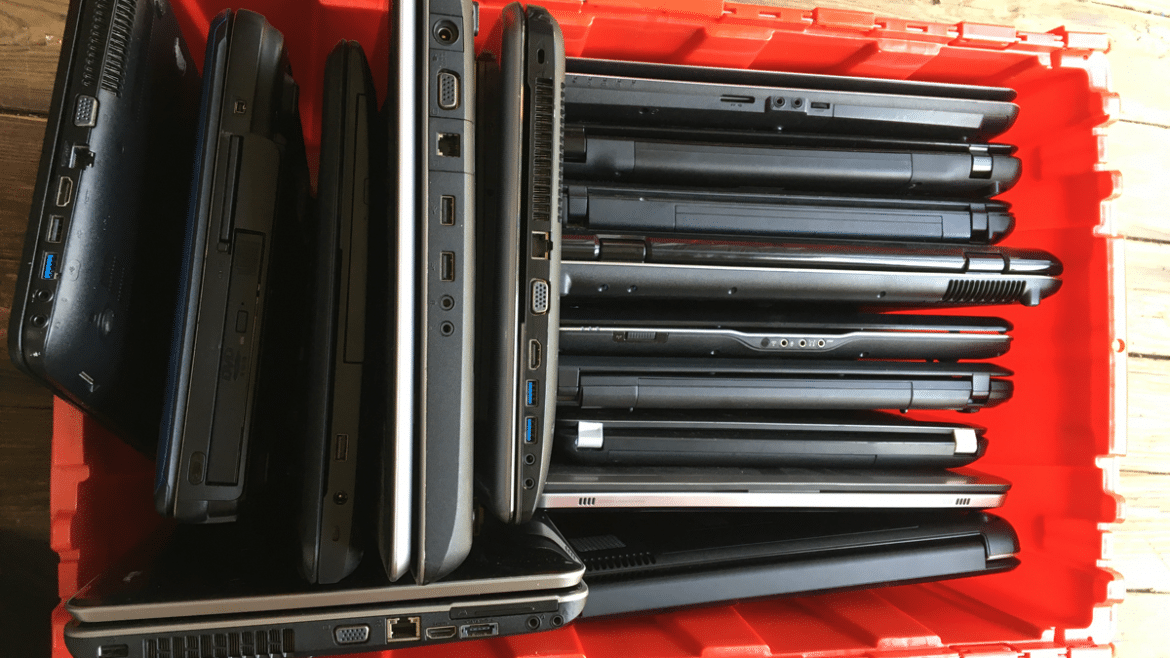E-waste is any obsolete or unused electronic equipment or device that has been discarded. Most commonly found in households and businesses, e-waste can range from household electronics (computers, printers, video game consoles, etc.) to industrial equipment like generators and air conditioners.
E-Waste is Inevitable
E-waste is an unavoidable part of our modern society, and most people accept it since technology keeps evolving and we need to move with it or be left behind. Everyone wants to have the latest everything, from phones to computers, the mass audience needs the latest devices in the market. Even if this means discarding functional but outdated electronic devices. And you can’t blame them. New technology is here to make our lives easier. But what happens when you dispose of your E-waste?
What makes E-Waste so Bad?
According to Statista, every day thousands of e-waste items are produced and thrown away with wealthier countries producing more e-waste compared to developing countries. This is owing to increased spending power and the availability of electronics. In 2019, for example, the world generated around 54 million metric tons of E-Waste, with this trend expected to rise by approximately 30% by the year 2030.

Unfortunately, only 20% of the global E-Waste is documented, collected and recycled. The rest just ends up in landfill sites which are a serious threat to the health and well-being of humans and animals, as well as damaging to the environment and the economy.
Electronic Nightmares
E-waste is a growing concern for environmentalists and technology enthusiasts alike. The problem is that much of this electronic waste is simply unnecessary — thrown in the trash instead of getting used or recycled. Unfortunately, not all waste management systems are up to picking up this electronic waste and properly handling it for burial or recovery. As a result, some electronics end up in landfills or simply end up in the ocean after being dropped off at landfills. Worse yet, some of this electronic waste can be harmful to humans if consumed in large quantities. For example, California law views inactive cathode ray tubes from TVs and monitors as hazardous.

Your normal CRT computer monitor has valuable parts but also contains other toxic substances. Cadmium is one such element that is used in rechargeable batteries for older CRT monitors. Cadmium can accumulate in the environment, causing significant problems to our kidneys and bones. But that’s not all. There are thousands of other toxic substances found in neglected E-Waste. Some even more potent compared to cadmium.
What Can We Do?
E-waste is one of the major issues that we have in our society. It’s a problem that will not go away on its own, but you can help ease its effect on the planet. When it comes to dealing with E-Waste, the mantra of “Reduce, Re-Use, and Recycle” perfectly applies. Here’s how:
Reduce
There’s no way around it. Waste is a hassle. That’s why the best way to solve the e-waste crisis is to produce less e-waste. This is harder when you consider companies like Apple, which keeps rolling out new products like the iPhone. Each one offers new features and functions that improve your life. But instead of buying that new flashy gadget that you see, try sticking with the one you have for as long as you can. This not only saves you money but also saves the environment.
Re-Use
Many people make the mistake of tossing out old electronic devices, even when they can re-gift them. Instead of throwing out your old PC or TV, you should sell or donate it to someone in need.
Repair
If you are not afraid of a quick DIY project, it can be less expensive to repair electronics than to replace them. Many people throw out their broken electronics for fear of costly repairs. But if you will do things yourself, you can probably keep your items in good condition. There are thousands of tutorials online on fixing just about anything.
Recycle
If all else fails, you can always recycle e-waste. Just make sure you are doing it correctly. Check with your community first for e-waste recycling events or drop off depots.
We Are Here to Help
Atlantic Shredding is the premier provider of data destruction, e-waste recycling services in throughout the United States. We provide secure shredding for businesses and government alike, environmentally sound electronics recycling, and asset recovery to a wide variety of industry types.
For more information on how we can help you recycle your E-Waste, contact us.

